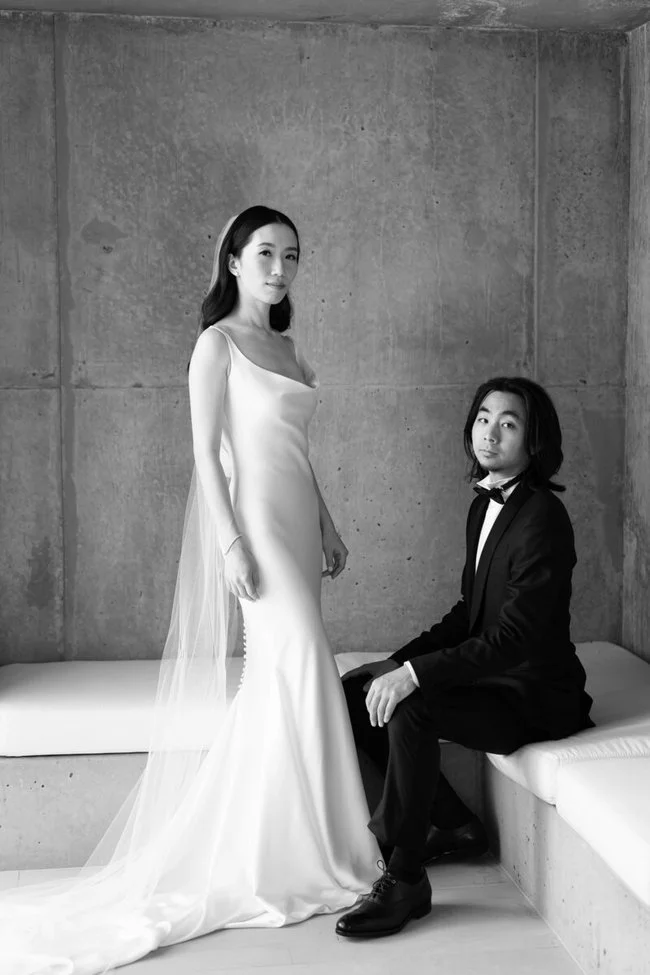And the few times it does.
Mandala Weddings magazine cover photo by Iman Khan
“Engagement season” refers to the period of time each year when the most wedding proposals happen. In the United States, it runs from Thanksgiving (fourth Thursday of November) until Valentine’s Day. For many other locations, it starts just a few weeks later, going from around Christmas to Valentine’s Day.
The most popular days for engagements are currently Christmas day, Valentine’s day, New Year’s Eve, Christmas Eve, Thanksgiving, and New Year’s day – in that order.
Just like most good publicists will start prepping and pitching their clients’ Christmas campaigns in early Summer, wedding pros’ prep for engagement/proposal season should ideally already be underway. However, if you, like almost every wedding business owner, have been juggling a zillion things, the next best time to start is now.
For the month of October, I’m going to be mostly discussing the things you can do get your business ready so that yours can be the company they most love once the ring is on their finger.
Last week I talked about simple website edits you can make to help your SEO to increase your chances of being one of the first search results in Google.
Today, I want to chat about another aspect of wedding SEO, and one that is often misunderstood, even by otherwise savvy marketers.
When it comes to backlinks or inbound links – aka links from other websites that point to your site – there is a lot of well-intentioned, yet inaccurate, advice being doled out. What people tend to mistakenly believe is that getting published anywhere online will help your SEO, especially if the website linking to you is well established.
The idea that Google uses any and all backlinks to your site to improve your search ranking is an incorrect understanding of how SEO works.
How Backlinks/Inbound Links Work:
As a very simplified explanation, there are two kinds of links: “do-follow” and “no-follow."
Do-follow links tell Google to give your site SEO credit
No-follow links tell Google NOT to give SEO credit for that particular link
No-follow links exist to both cut down on spam and to reward organic, earned content by limiting the ability to purchase links on highly-ranked sites.
Among the links that Google wants counted as no-follow include:
links appearing in sponsored posts
links in ad graphics or banners
links in advertising directories (such as wedding vendor directories)
links for reviews or endorsements where products or services were received for free, etc.
You can read more here, but basically, if money, products, or services changed hands, those links need to be coded as no-follow.
In addition, because the amount of outbound links a site has on it can sometimes “drain” the host site’s own SEO, the IT departments at many large companies tend to write the code for ALL editorial links as no-follow, not just the links from ads or sponsored content.
These links aren’t being coded as no-follow because the website owner is greedy or wants to be mean to you. What’s usually more motivating to website owners when it comes to following these rules is that if links that Google determines should be no-follow are instead coded as do-follow, they will penalize the site that the link appears on. No publisher wants to risk that.
Websites Where A Backlink Itself Will NOT Help Your SEO:
Wikipedia
YouTube
Vimeo
Pinterest
Facebook
Instagram
TikTok
Twitter
Spotify
Substack
Patreon
Medium
Links from lookbooks or magazines hosted on Issuu
The New York Times, The Guardian, Reuters or other mainstream news websites
Vogue or any other Condé Nast website
Harper’s Bazaar or any other Hearst website
Martha Stewart Weddings or any other Meredith Corporation website
Brides.com or any other Dotdash website
WeddingWire, The Knot, Bodas.net or any other The Knot Worldwide website
Being published or featured on these sites is still beneficial because they increase your brand’s chance of being discovered by potential brides and grooms. They can drive direct traffic and one of those visitors may fill out your inquiry form.
They also lend third-party credibility – the more people talking about you positively, the better. The old marketing adage, “A customer needs to hear about your brand seven times before they buy” is outdated. In today’s world of digital information overload, that number has tripled to a minimum of 21.
While you should still have a wedding marketing strategy that includes social media and a publishing strategy that shows off your work and level of expertise, the links from these sites do NOT help your SEO.
Websites Where A Backlink Itself May Help Your SEO:
Editorial features on most wedding blogs like Over the Moon, Love My Dress, and Style Me Pretty. (Because of the penalties I mentioned above, most of the vendor directories on these blogs follow Google’s rules and are coded as no-follow.)
Editorial features on most independently owned wedding magazine websites like Mandala Weddings, Munaluchi Bride, Destination I Do, etc. (Because of the penalties I mentioned above, most magazine online vendor directories follow Google’s rules and are coded as no-follow.)
Other wedding professionals’ websites and blogs
The show notes or links from an independently owned podcast you appear on (you’ll get SEO credit from links on their own site, not on any links from iTunes, Luminary, Spotify, or other podcast syndication sites).
How To Check If A Link From Another Website Will Help Your Wedding SEO:
The easiest way for me to explain this is to show you, so here’s an example from a recent real wedding featured on MarthaStewartWeddings.com. The photographer for this wedding was the talented Beatrice from Luna de Mare. You can see that below the photo the editors credited her company with a link directly to her website, as they should:
To check whether or not the credit link is helping your wedding SEO, here’s what to do:
If using Chrome, right-click on the web page and select “View Page Source.” (If using Safari, follow these instructions for this step.)
Hit Ctrl+F and type your search term into the Finder’s search bar. In this case I typed in the Luna de Mare photography website’s URL.
The link code will look something like this:
“a href=YourUrl” rel=”blah” “blah”>Your Company Name</a
In this case, the ‘rel’ attribute in the code tells search engines what the relationship should be between the host website and the linked website.
If the text following the ‘rel’ attribute says “nofollow” it is telling Google that specific link should not be counted for SEO.
If it says “dofollow” or isn’t followed by specific instructive text or the ‘rel’ attribute isn’t included at all, it tells Google to give that link SEO credit.
This is a very simplified explanation, but that’s the gist of what you need to look for if you’re checking the potential SEO benefit for your own links.
Back to the example of Beatrice’s feature on Martha Stewart Weddings. You can see from the screenshot below that the link to her site is coded as “nofollow” which means that while being featured is valuable for her in many ways, she is not getting SEO boost from that particular link:
Again, this is not a case of Martha Stewart Weddings, or its parent company Meredith Corporation, “being mean” to the wedding professionals who submit their real weddings or styled shoots for publication. It’s a case of Meredith putting a priority on protecting their own business interests.
In addition, in most large companies these codes are set as the default by the tech department and individual editors may not even have any idea the links in the online articles they publish are set up this way.
There are a ton of benefits that come from getting published online and you should definitely still submit your work. If you’re doing it for the SEO benefit though, do some homework as you’re developing your wedding PR strategy so you can figure out which sites will best help you achieve those goals.
Written by
LIENE STEVENS
Liene Stevens, the founder and CEO of Think Splendid, is an author, speaker, award-winning luxury business strategist and behavioral psychologist.
* * *
Founded in 2005 and trusted by clients in 97 countries, Think Splendid is the global leader in wedding industry business consulting.
We provide strategic guidance to industry leaders, luxury brands, hotels, and tourism destinations that serve high net worth and ultra-high net worth brides, grooms, and wedding guests.

























